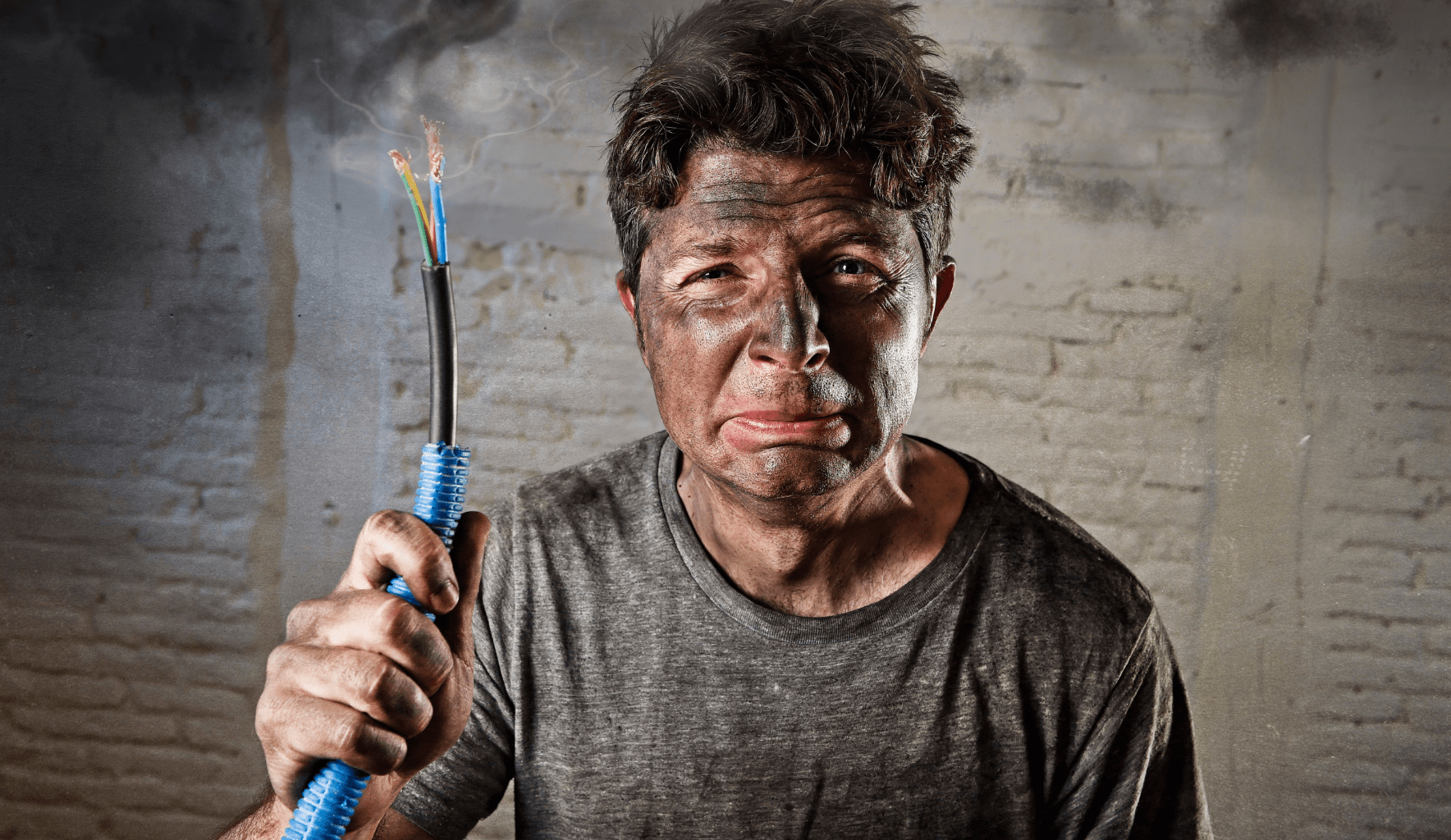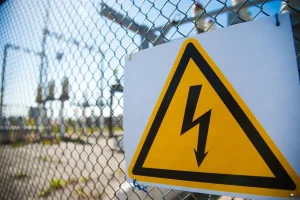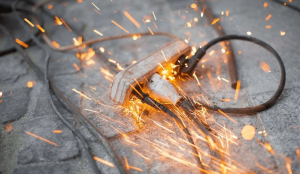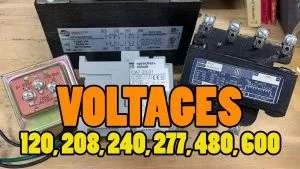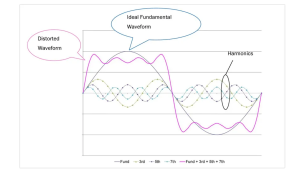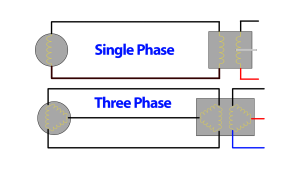First Aid for Electric Shock: Understanding the Dangers and Reacting Swiftly
Electricity can be hazardous and potentially life-threatening when not handled with care. Electric shock occurs when the human body comes into contact with an electrical current. This phenomenon can lead to various injuries, ranging from minor burns to severe cardiac arrest. Knowing how to administer first aid for electric shock is critical, as it can save lives and reduce the risk of long-term complications. In this article, we will explore the dangers of electric shock, signs and symptoms, and essential steps for providing effective first aid. Remember electric shock and electrocution are not the same thing. Read here for the differences between the two!
Understanding Electric Shock
Electric shock happens when a person’s body becomes part of an electric circuit, causing electrical current to pass through it. However, the severity of the injury depends on several factors, including the current’s strength, the duration of exposure, and the pathway the current takes through the body. Electric shocks can occur in various scenarios, such as faulty wiring, contact with live electrical conductors and equipment, or lightning strikes during thunderstorms.
The Dangers of Electric Shock
Electric shock can cause a range of injuries, some of which can be life-threatening. Electrical burns can happen on the skin and occur when the electric current generates heat as it passes through the body. The skin may have a characteristic entry and exit wound, and the tissue in the path of the current may have severe damage. Additionally, severe electric shocks can disrupt the heart’s electrical system, leading to cardiac arrest. This condition requires immediate medical attention and CPR to restore normal heart function.
Electric shock can even cause muscles to contract involuntarily, potentially leading to fractures, dislocations, and soft tissue injuries. In addition to the momentary sensation currents can damage nerves, causing temporary or permanent neurological problems. In some cases, the current may pass through internal organs, causing internal injuries and complications.
Signs and Symptoms of Electric Shock
Recognizing the signs and symptoms of electric shock is crucial for providing timely and appropriate first aid. The symptoms may vary depending on the severity of the shock but can include:
- Mild Electric Shock:
- Tingling sensation
- Numbness
- Muscle twitches
- Moderate Electric Shock:
- Pain at the point of contact with the electrical source
- Muscle contractions and spasms
- Breathing difficulties
- Confusion or disorientation
- Severe Electric Shock:
- Unconsciousness
- Cardiac arrest
- Severe burns
- Difficulty breathing or no breathing at all

First Aid for Electric Shock
If you encounter someone who has suffered an electric shock, it is important to be trained in CPR and get paramedics on the phone immediately. Follow their instructions closely until they arrive, failing to do so could mean the difference between the individual living or not. This is not medical advice, but in general some commonly-taught methods of dealing with electrical injuries are as follows:
- Ensure Personal Safety:
- Do Not Touch the Victim: Before doing anything, ensure that you do not touch the person who has been shocked while they are still in contact with the electrical source. This could introduce you to the circuit, making the problem much worse.
- Turn Off Power: If safe to do so, immediately turn off the power source. Often times this can be done by switching off the circuit breaker or unplugging the device causing the shock.
- Call for Emergency Help:
- Dial Emergency Services: Call 911 or your local emergency number immediately. Clearly state that there has been an electrical shock and provide the exact location.
- Inform Dispatchers: Give the dispatcher detailed information about the victim’s condition, the type of electrical source, and any other relevant details. It is important to stay on the phone with the emergency dispatcher and follow their instructions about how to handle the situation and what to do with the victim (and not do).
- Assess the Victim:
- Check for Responsiveness: Once power is off medical responders will often ask if the victim is responsive. To figure this out gently tap, nudge, and shout to get their attention to see if they’re able to respond or move. Think of this as how you would act to wake someone up if they were in an incredibly deep sleep.
- Look for Breathing: Check if the victim is breathing normally. Is their chest rising and falling from breathing? If it’s hard to tell, is there warm air coming out of their nose or mouth? Assess whether they’re breathing or not. If they are not breathing or breathing is irregular, this is a medical emergency and the emergency workers need to know this.
- Perform CPR if Necessary:
- No Breathing, No Pulse: If the victim is unresponsive and not breathing, begin CPR immediately. If you’re not trained in performing CPR there is a possibility you could make the situation worse or mishandle the situation so tell the emergency responders on the phone that you don’t know CPR and listen to their instruction to proceed in any way.
- Chest Compressions: Place the victim on their back giving you access to their chest. CPR training for chest compressions involves placing the heel of one hand on the center of the victim’s chest and the other hand on top of your hand. Push hard and fast, at a rate of 100-120 compressions per minute. This is roughly two pushes every second. The purpose of chest compressions is to manually pump blood through the heart and into the rest of the body. This forces blood out of the heart and into the arteries.
- Rescue Breaths: If trained, provide rescue breaths after 30 compressions. Tilt the head back, lift the chin, pinch the nose shut, and give two breaths. If no breathing is happening still, repeat compressions and give two more breaths. Continue doing this until emergency medical personnel arrive onsite or, the victim shows signs of life such as breathing, movement, or consciousness. The reason for these breaths is because the lungs need oxygen. During cardiac arrest the body’s oxygen stores are quickly depleted. Delivering these breaths supports the body’s need for oxygen.
- Use an AED if Available:
- Automated External Defibrillator (AED): If an AED is available, turn it on and follow the voice prompts. Attach the electrode pads to the victim’s chest as directed by the device. AED use should be trained through proper CPR certification but is also designed to be user-friendly and provide clear, step-by-step voice prompts for anyone using it. An AED is designed to recognize specific types of life-threatening arrhythmias, particularly ventricular fibrillation (VF) and pulseless ventricular tachycardia (VT). These conditions cause the heart to quiver or beat too fast, preventing it from pumping blood effectively. When the AED detects VF or pulseless VT, it delivers a controlled electrical shock to the heart. This shock depolarizes a critical mass of the heart muscle, temporarily stopping all electrical activity. After the shock, the heart’s natural pacemaker (the sinoatrial node) can often re-establish a normal rhythm, allowing the heart to resume effective pumping action.
- Follow Instructions: The AED will analyze the heart rhythm and, if necessary, instruct you to deliver a shock. Ensure no one is touching the victim before delivering the shock so you don’t create a second victim to handle.
- Prevent Further Injury:
- Keep the Victim Still: After the shock, the victim may be disoriented or in pain. Keep them as still as possible to prevent further injury.
- Treat for Shock: If the victim is conscious, keep them lying down on their back, cover them with a blanket to keep them warm, and elevate their legs if possible. This is intended to help improve blood flow down to the vital organs, so ensuring their legs are raised at least 12 inches off the ground (above their heart) is what is typically taught.
- Wait for Paramedics:
- Provide Information: When paramedics arrive, provide them with all the information you have about the incident, the victim’s condition, and any first aid measures you have taken.
- Follow Instructions: Follow any instructions given by the emergency responders.

Source – https://www.aed.com/
Conclusion
Electric shock is a serious medical emergency that requires prompt and appropriate first aid. Therefore, understanding the first aid for electric shock, recognizing the signs and symptoms, and knowing how to respond effectively can make a significant difference in the outcome for the injured person. Companies offering CPR training and certification to their technicians is a great way to ensure everyone on their workforce can act appropriately when an emergency arises. Always prioritize safety and call for professional medical help whenever someone experiences an electric shock. By being prepared and informed, we can ensure a safer environment and minimize the risks associated with electricity. Remember, in cases of electric shock, quick and well-informed actions can save lives.

